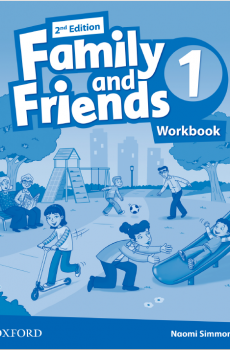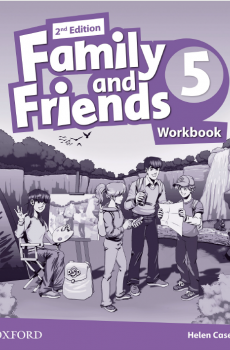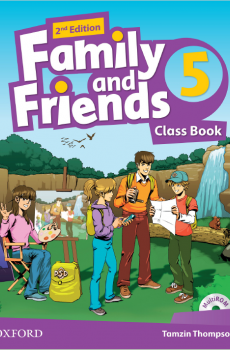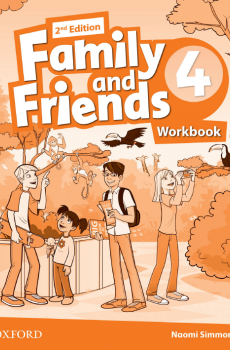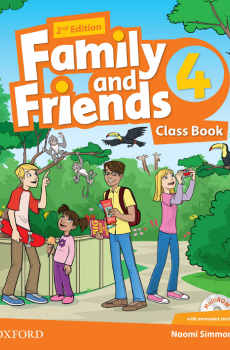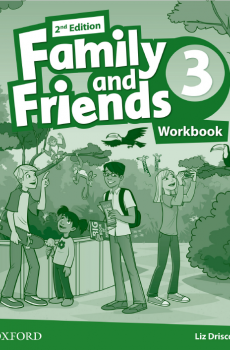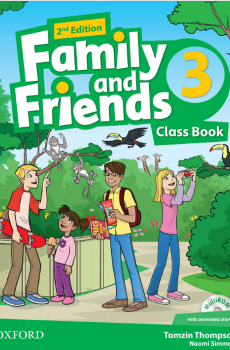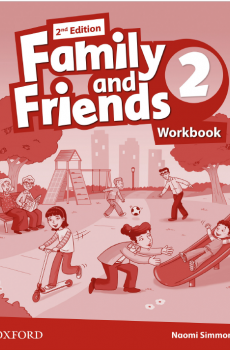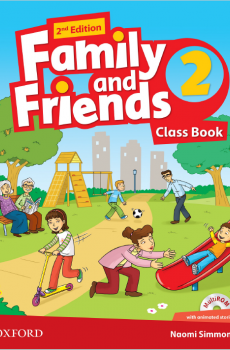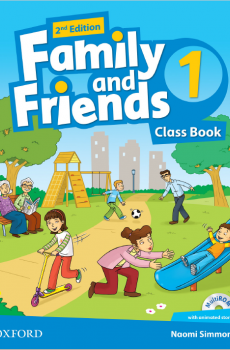McGuffey's Fourth Eclectic Reader
McGuffey's Fourth Eclectic Reader
Đăng nhập để đọc sách và tải về file pdf miễn phí
| Nhà xuất bản | Chưa rõ |
|---|---|
| Nhà xuất bản sách tiếp cận | Public domain |
| Năm xuất bản | 2005 |
| Coppy right | Chưa rõ |
McGuffey Edition and Colophon are Trademarks of
John Wiley & Sons, Inc.
New York-Chichester-Weinheim-Brisbane-Toronto
In revising the FOURTH READER, the aim has been—as it has with the other books of the Series—to preserve unimpaired all the essential characteristics of MCGUFFEY'S READERS. New articles have been substituted for old ones only where the advantage was manifest.
The book has been considerably enlarged, and has been liberally illustrated by the first artists of the country.
It can not be presumed that every pupil has at hand all the works of reference necessary for the proper preparation of each lesson; hence all the aids that seem requisite to this purpose have been given. Brief notices concerning the various authors represented have been inserted; the more difficult words have been defined, and their pronunciation has been indicated by diacritical marks; and short explanatory notes have been given wherever required for a full understanding of the text.
Especial acknowledgment is due to Messrs. Houghton, Osgood & Co. for their permission to make liberal selections from their copyright editions of many of the foremost American author whose works they publish.
COPYRIGHT, 1879, by VAN ANTWERP, BRAGG & Co.
COPYRIGHT, 1896, by AMERICAN BOOK COMPANY.
COPYRIGHT, 1907 and 1920, by H. H. VAIL.
M'G 4TH REV. EP 309
INTRODUCTORY MATTER. SUBJECT. PAGE
PUNCTUATION MARKS 7 ARTICULATION 9 ACCENT AND INFLECTION 23
SELECTIONS IN PROSE AND POETRY.
TITLE. AUTHOR. PAGE 1. Perseverance Charlotte Elizabeth 25 2. Try, Try Again T. H. Palmer 28 3. Why the Sea Is Salt Mary Howitt 29 4. Why the Sea Is Salt Mary Howitt 32 5. Popping Corn 34 6. Smiles 35 7. Lazy Ned 38 8. The Monkey 39 9. Meddlesome Matty 42 10. The Good Son 44 11. To-morrow Mrs. M. B. Johnson. 45 12. Where there is a Will there is a Way 47 13. Piccola Celia Thaxter 48 14. True Manliness Mrs. M. Q. Johnson 50 15. True Manliness Mrs. M. O. Johnson 52 16. The Brown Thrush Lucy Larcom 54 17. A Ship in a Storm 55 18. The Sailor's Consolation Charles Dibdin 58 19. Two Ways of Telling a Story Henry K. Oliver 60 20. Freaks of the Frost Hannah Flagg Gould 63 21. Waste not, Want not 64 22. Jeannette and Jo Mary Mapes Dodge 67 23. The Lion 69 24. Strawberries J. T. Trowbridge 71 25. Harry's Riches 74 26. In Time's Swing Lucy Larcom 77 27. Harry and his Dog Mary Russell Mitford 79 28. The Voice of the Grass Sarah Roberts 83 29. The Eagle 84 30. The Old Eagle Tree Dr. John Todd 86 31. Alpine Song W. W. Story 88 32. Circumstances alter Cases 89 33. The Noblest Revenge 94 34. Evening Hymn 97 35. How Margery Wondered Lucy Larcom 99 36. The Child's World 103 37. Susie's Composition 104 38. The Summer Shower T. B. Read 109 39. Consequences of Idleness Abbott 110 40. Advantages of Industry Abbott 113 41. The Fountain Lowell 116 42. Coffee 117 43. The Winter King Hannah Flagg Gould 120 44. The Nettle Dr. Walsh 121 45. The Tempest James T. Fields 125 46. The Creator John Keble 126 47. The Horse Bingley 128 48. Emulation 132 49. The Sandpiper Celia Thaxter 134 50. The Right Way F. R. Stockton 136 51. The Golden Rule Emma C. Embury 139 52. The Snow Man Marian Douglas 143 53. Robinson Crusoe's House Daniel DeFoe 144 54. Robinson Crusoe's Dress Daniel DeFoe 147 55. Somebody's Darling 150 56. Knowledge is Power 151 57. Good Will J. T. Trowbridge 153 58. A Chinese Story C. P. Cranch 156 59. The Way to be Happy 159 60. The Giraffe 162 61. The Lost Child Abbott 165 62. Which? Mrs. E. L. Beers 168 63. The Pet Fawn Miss S. F. Cooper 172 64. Annie's Dream 175 65. My Ghost Mrs. S. M. B. Platt 178 66. The Elephant 180 67. Dare to do Right Thomas Hughes 183 68. Dare to do Right Thomas Hughes 186 69. Wreck of the Hesperus Longfellow 190 70. Anecdotes of Birds Hall 191 71. The Rainbow Pilgrimage Grace Greenwood 197 72. The Old Oaken Bucket Samuel Woodworth 202 73. The Sermon on the Mount 204 74. The Young Witness S. H. Hammond 207 75. King Solomon and the Ants Whittier 211 76. Rivermouth Theater T. B. Aldrich 213 77. Alfred the Great 216 78. Living on a Farm 220 79. Hugh Idle and Mr. Toil Hawthorne 221 80. Hugh Idle and Mr. Toil Hawthorne 224 81. Burning of Fallow Mrs. Susanna Moodie 227 82. Dying Soldiers 230 83. The Attack on Nymwegen Motley 233 84. The Seasons Spring H. G. Adams 237 Summer Lowell 237 Autumn Thomas Hood 238 Winter C. T. Brooks 238 85. Brandywine Ford Bayard Taylor 239 86. Brandywine Ford Bayard Taylor 242 87. The Best Capital Louisa M. Alcott 245 88. The Inchcape Rock Southey 249 89. My Mother's Grave 253 90. A Mother's Gift W. Fergusson 255
LIST OF ILLUSTRATIONS. [See PDF or DOC versions.]
SUBJECT PAGE
Perseverance 25
Popping Corn 35
The Monkey 40
Piccola 49
True Manliness 53
A Ship in a Storm 56
Two Ways of Telling a Story 60
The Lion 69
Harry and his Dog 81
Circumstances alter Cases 92
Evening Hymn 98
How Margery Wondered 100
Susie's Composition 107
Coffee 117
The Horse 128
The Sandpiper 135
Robinson Crusoe's Dress 147
A Chinese Story 158
Which? 169
Which? 170
Dare to do Right 185
The Old Oaken Bucket 202
Rivermouth Theater 215
The Attack on Nymwegen 234
The Inchcape Rock 251
PUNCTUATION MARKS. (7)
1. The Hyphen (-) is used between syllables and between the parts of a compound word; as, No-ble, col-o-ny, and text- book, easy-chair.
2. The Comma (,), the Semicolon (;), and the Colon (:) denote grammatical divisions.
NOTE—These marks do not indicate the comparative length of the pauses to be made where they occur.
3. The Period (.) is placed at the end of a sentence. It is also used after an abbreviation; as, God is love. Dr. Eben Goodwin.
4. The Interrogation point (?) denotes a question; as, Has he come? Who are you?
5. The Exclamation point (!) denotes strong feeling; as, Oh Absaom! my son! my son!
6. Quotation marks (" ") denote the words of another; as, God said, "Let there be light."
7. The Apostrophe (') denotes that a letter or letters are left out; as, O'er, for over; 't is, for it is. It also denotes the possessive case; as, John's hat.
8. The Curves ( ) include what, if omitted, would not obscure the sense. The parenthesis, or words included by the curves, should be read in a low key, and with greater rapidity than the rest of the sentence.
9. Brackets [ ] include something intended to exemplify what goes before, or to supply some deficiency, or rectify some mistake.
10. A Dash (-) denotes a long or significant pause, or an abrupt change or transition in a sentence.
11. Marks of Ellipsis (***) indicate the omission of letters of a word, or words of a sentence; as, P * * * * e J**n, for Prince John; the ******* was hung, for the traitor was hung.
Sometimes a long line, or a succession of dots is used instead of stars; as, J—n A—-s, for John Adams; the D..e W…..m, for the Duke William.
12. A Brace (\'7d) is used to connect several lines or words together.
13. A Diaeresis is put over the latter of two vowels, to show that they belong to two distinct syllables; thus, cooperate.
14. A Section is used to divide a discourse or chapter into parts.
15. An Index points out something that requires particular attention.
16. A Paragraph denotes a new subject. It is used in the common version of the Bible.
17. Certain marks and sometimes figures and letters are used to refer to some remark in the margin.
18. A Caret (^) is used in writing, to show that some-thing is omitted; as, Manner. I love her for her modesty and virtue.
ARTICULATION. (9)



